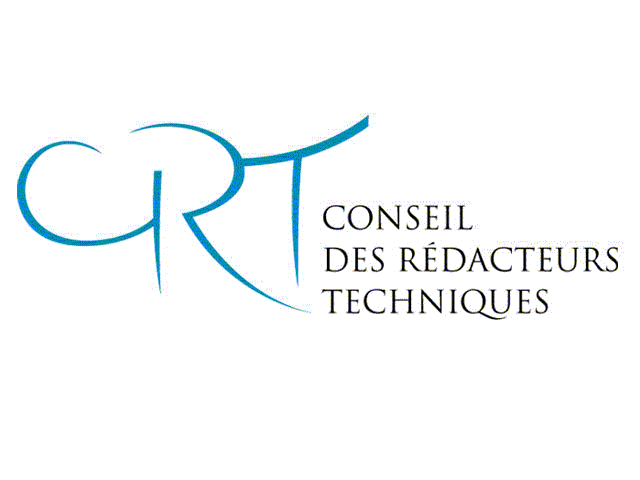
Patrick Hofmann's abstract
Maximising the visual ergonomics of graphic interfaces
Since the dawn of screen-based products and Web-based information, the constant flurry of usability studies and evaluative research reports have focussed on ease of use, functional robustness, and comfort of the software interface or Web site. Can visitors find the information, can they navigate effectively from screen to screen, can they recognize where they are in the site, can they complete a transaction or purchase?
Amidst the improved design conventions and teachings that resulted from this research, relatively little attention has been devoted to the visual elements of the interface, especially in terms of Web sites. Although great strides have been made in establishing visual and spatial layout conventions, the role of visuals or graphics themselves, and how they contribute to the ergonomics of the interface, have received less exposure.
When addressing the usability criteria of a visual, one can touch many levels:
- Visual grouping - what visual elements best group like areas of information? Does shading groups work more effectively than separating groups with line segments? At what point do shading or line segments become distracting or misleading?
- Visual iconography - what icons or symbols work best to indicate navigation? Is iconographic recognition in software and Web interface now a learned behaviour or an evolution of traditional metaphors? And let us not forget about frequency: how many icons are too many? What is the current lifespan of most software or Web icons? For how long will they mean what they mean? Will new technologies breed changes to the standard, or will our current iconic standard migrate to other products?
- Visual meaning - what types of visuals matter (or mean) the most to users of an interface? Do only functional visuals have value? If so, how can emotional or less functional visuals be optimised?
- Visual traffic- Finding a specific element in an interface should not be like finding a needle in a haystack. What types of visuals contribute to visual traffic, and what frequency is acceptable?
In the end, these categories only scratch the surface. The role of the visual demands and deserves more study to fully and more richly evaluate and understand the ergonomics of an interface.
About Patrick Hofmann
As a Visual Information Designer, Patrick Hofmann is "a man of few words". At Quarry Integrated Communications near Toronto, he builds award-winning visual design strategies to improve online, hardcopy, and interface information.